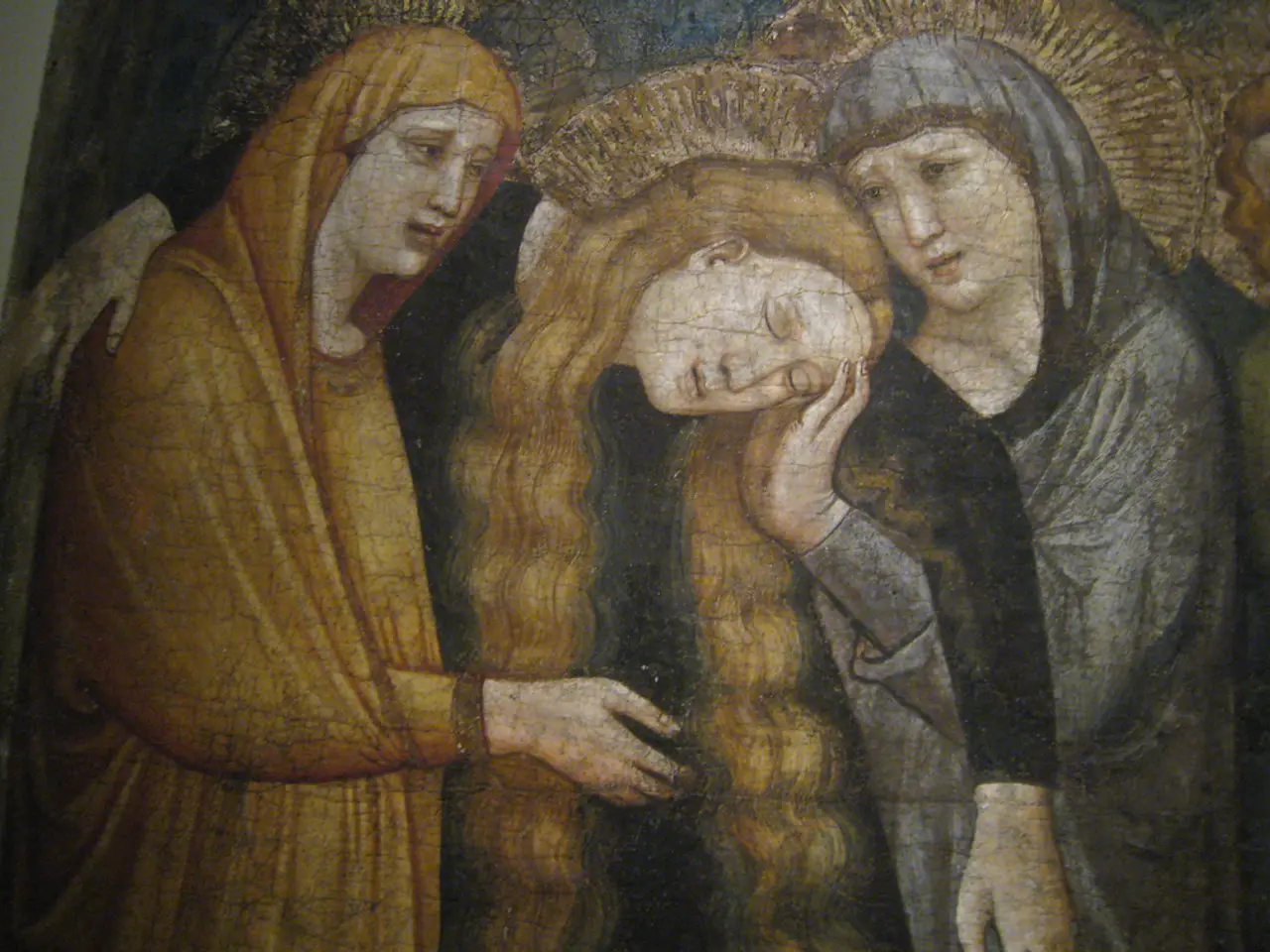Exploration of Repeated Patterns and Their Impact on Our Minds
In 1968, psychologist Robert Zajonc proposed the Mere Exposure phenomenon, suggesting that repeated exposure to a stimulus object enhances our attitude towards it. This theory, it seems, is not limited to the realm of psychology but extends to various aspects of human life, including art and culture.
One such example can be found in the popular game "Spot the Difference", where the goal is to find differences between two similar images. The game raises the question of whether the images are repetitions of each other, with the answer being yes if they are very much alike. This game, in essence, is an exercise in detecting repetition and differences, a phenomenon that human beings seem to be hardwired to do.
Artists throughout history have exploited this human tendency. Andy Warhol's "Campbell's Soup Cans", for instance, is an example of same/except repetition, with each can being the same as every other except for the label. Similarly, Roni Horn's book pairs photographs of the same but not quite identical faces, deriving pleasure from detecting the differences. The same can be said for music, such as jazz standards and Duke Ellington's "Satin Doll".
William James, a noted philosopher and psychologist, discussed the perception of likeness and difference in his book "The Principles of Psychology, Vol. 1". James noted that the perception of likeness is practically very much bound up with that of difference. He also introduced the concept of "comparatively limited differences", referring to the kind of thing that allows repetitive observations like "This salad is exactly like that one except it has anchovies instead of almonds".
The pleasure derived from repetition is linked to survival, as repeated stimuli are associated with safety. This is evident in John Milton's poetic masterpiece, "Paradise Lost," where the decision to eschew rhyme took away some of the fun associated with rhyme. However, Milton retained metricality, another form of same/except judgment. The test for rhyme involves dividing each word into front and back parts and checking if the back parts are the same and the front parts are different.
The artist Claudia Otto published a book containing pairings of largely identical, but not completely identical, faces. This book is considered an exercise in visual rhyme or visual repetition because it explores subtle variations and echoes between the paired images, creating a visual dialogue through similarity and difference.
This fascination with repetition and differences is not just a quirk of human behaviour but a fundamental aspect of our nature. Zajonc saw repetition as a kind of safe environment sensor, essential for a creature driven to live within a cohesive social organization. Infants, too, go from fear to interest as a sound becomes a matter of interest upon repetition, suggesting a hard-wired self-monitoring baby monitor in humans.
In conclusion, the phenomenon of repetition and its associated pleasure is a universal human experience. From games and art to poetry and psychology, this fundamental aspect of our nature continues to captivate and intrigue us.
Read also:
- Dual-function mattress offers both cooling and coziness at an affordable price.
- Ontario falls short by a small margin in delivering the goal of four hours daily care for long-term care residents.
- "Thrilled response" from animal rights organization following cessation of canine testing at London, Ontario healthcare facility
- Altruistic zeal and a drive to instigate beneficial transformation







